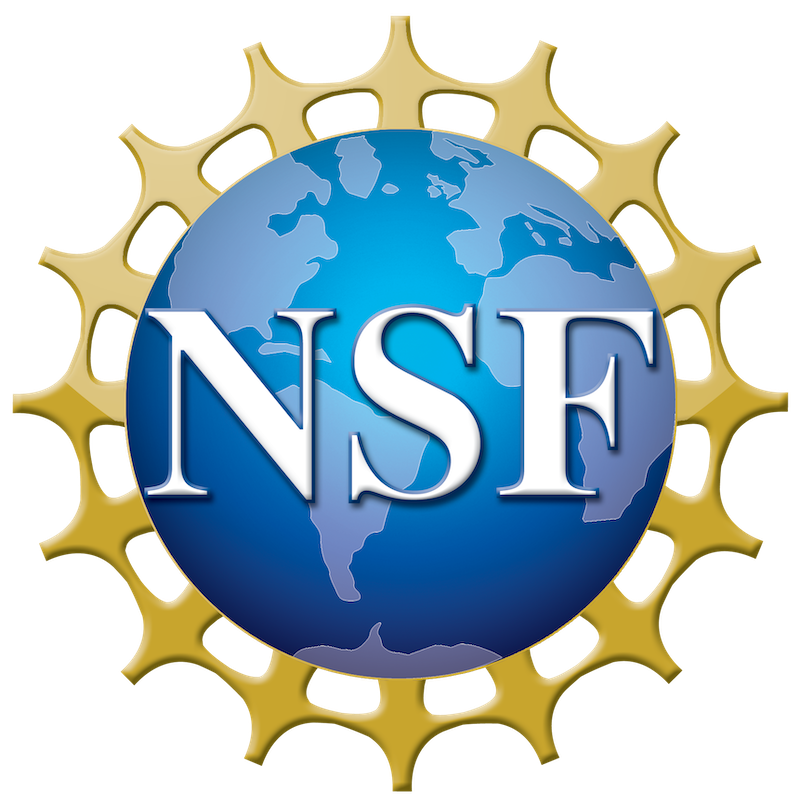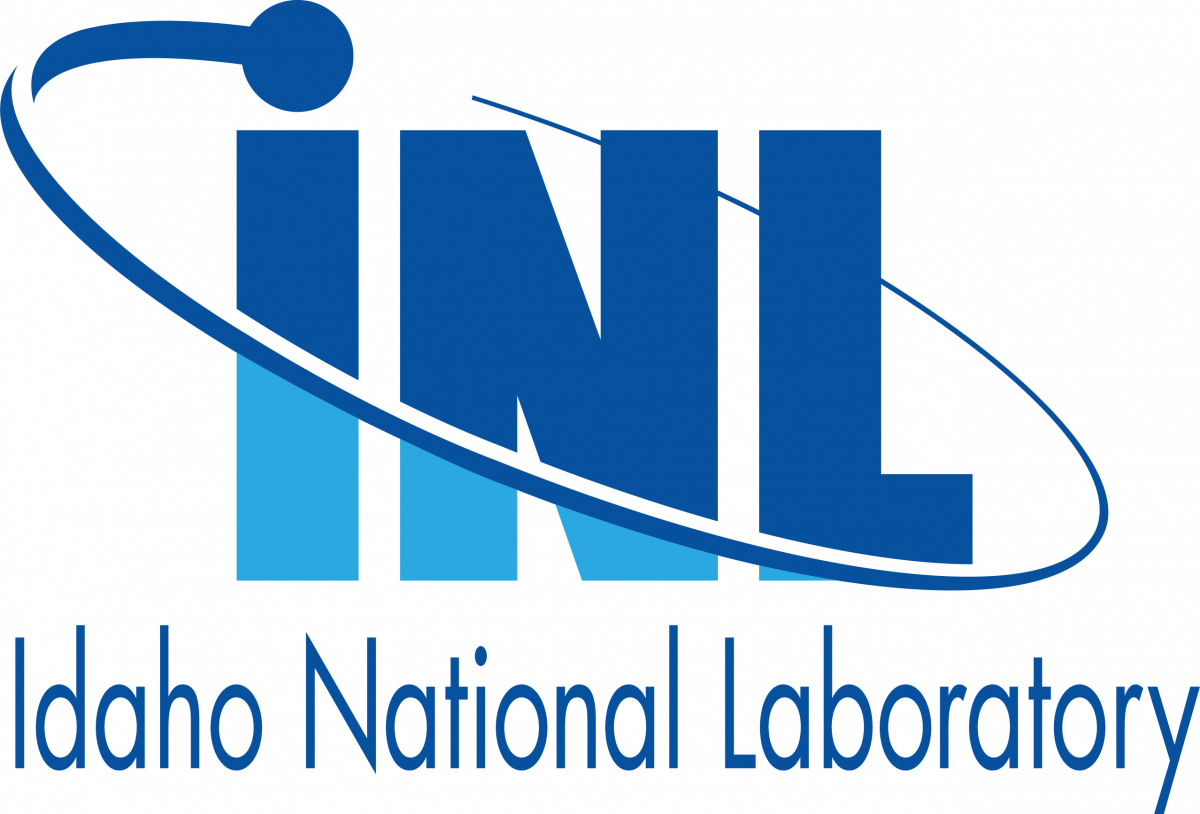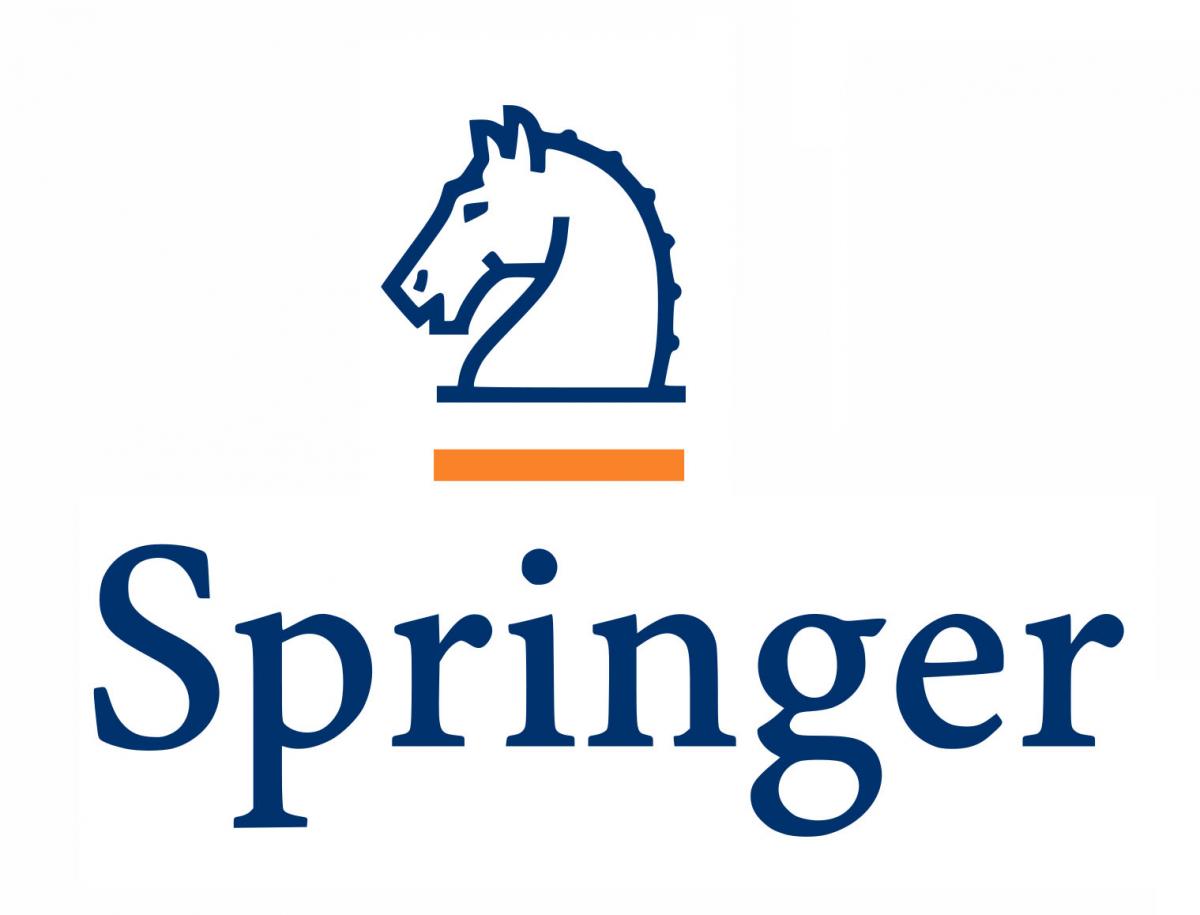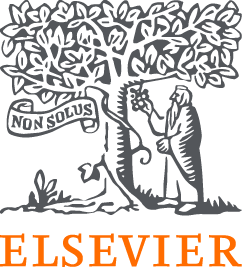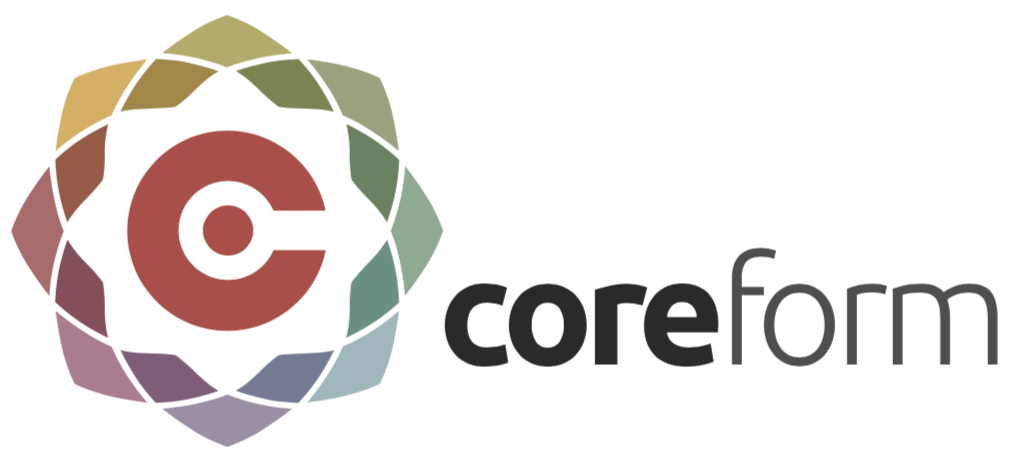Schedule:
8:30-9:00 (Optional) Get help with ESP installation.
9:00-9:30 Introduction to shape optimization
9:30-12:00 Introduction to the Engineering Sketch Pad
Goal: Students will learn the basic functionality of ESP.
Outcome: Students are able to create parameterized geometry from scratch and export an attributed mesh for subsequent shape optimization.
Note: This session includes a 15-minute break.
12:00-1:00 (Optional) Working lunch: Instructors will be available to students for questions and one-on-one help.
1:00-3:30 Introduction to Plato
Goal: Students will learn the basics of how to use Plato for shape optimization.
Outcome: Students know how to set up and run optimization problems using meshes from the morning session.
Note: This session includes a 15-minute break.
Important: Students wishing to participate in the hands-on ESP tutorial will need to bring a laptop computer with ESP installed. Download the latest version from acdl.mit.edu/ESP/PreBuilts.


